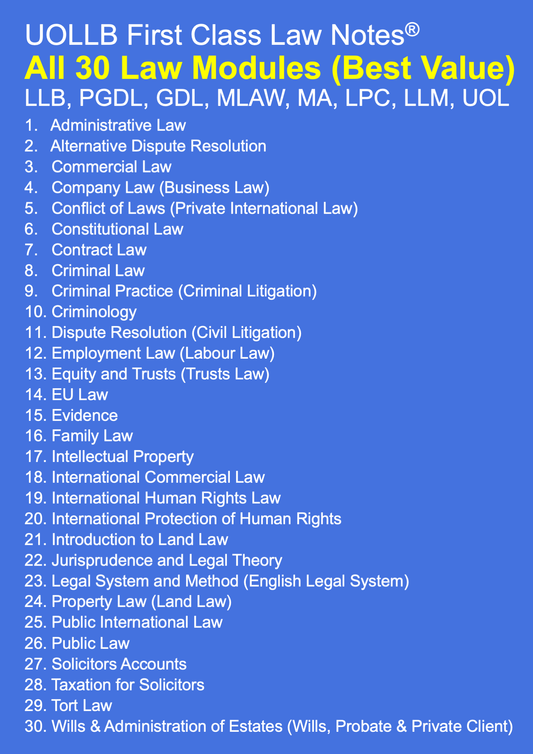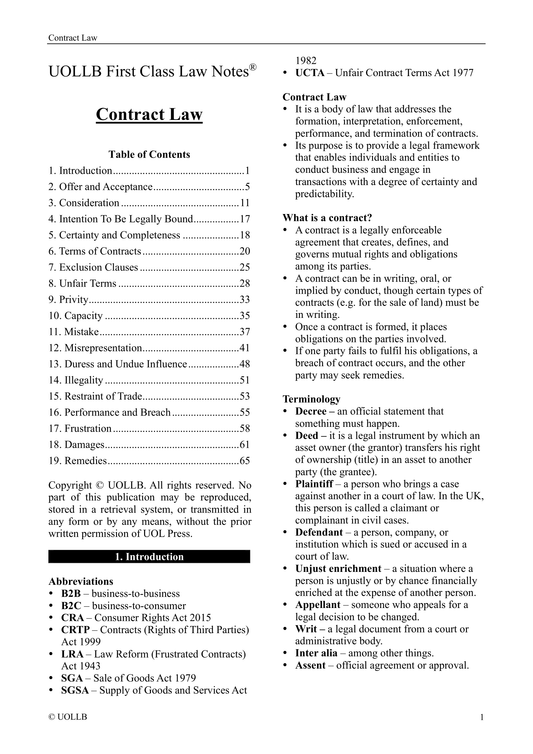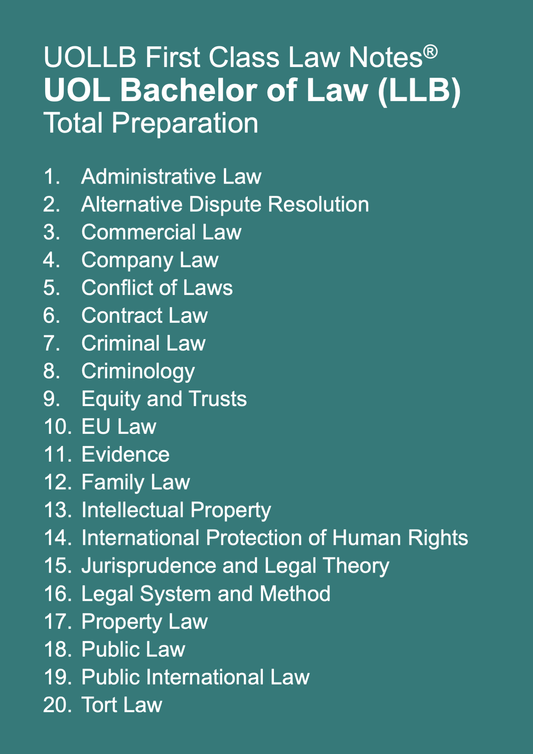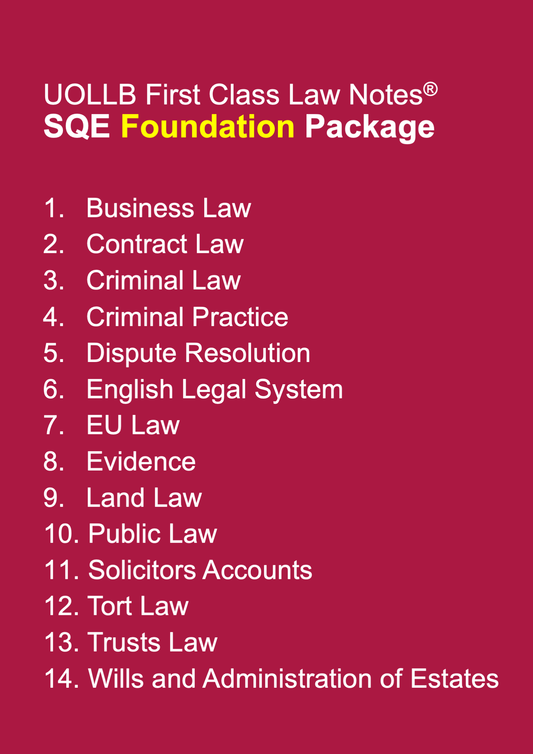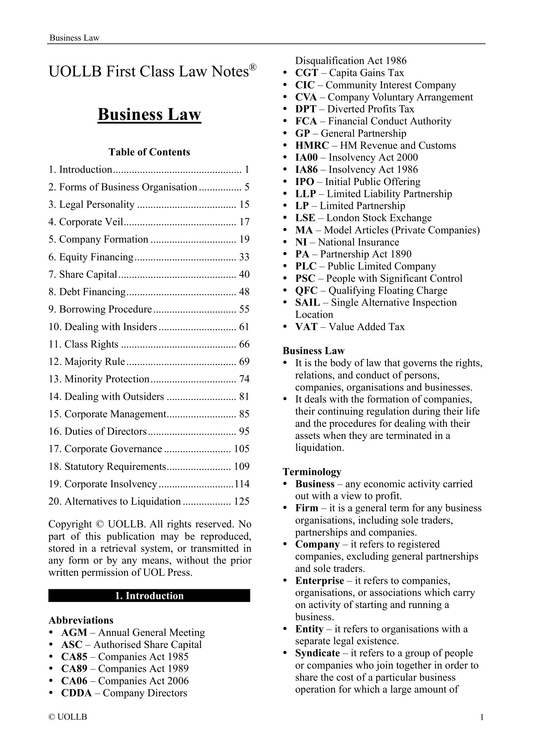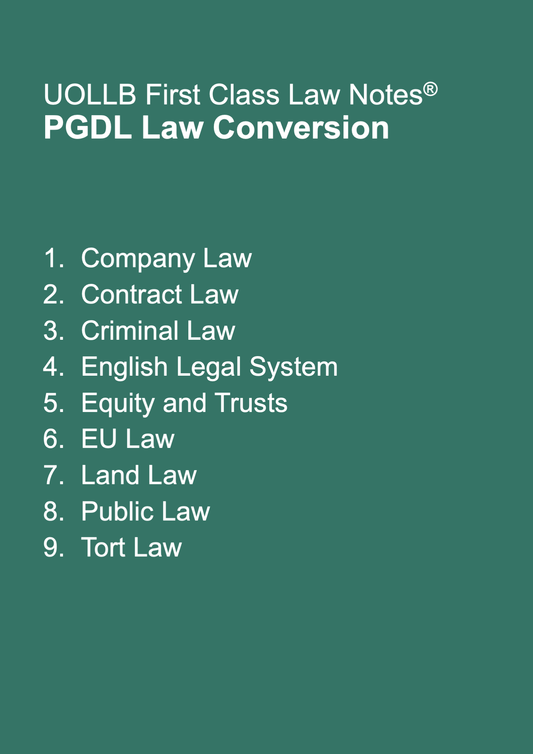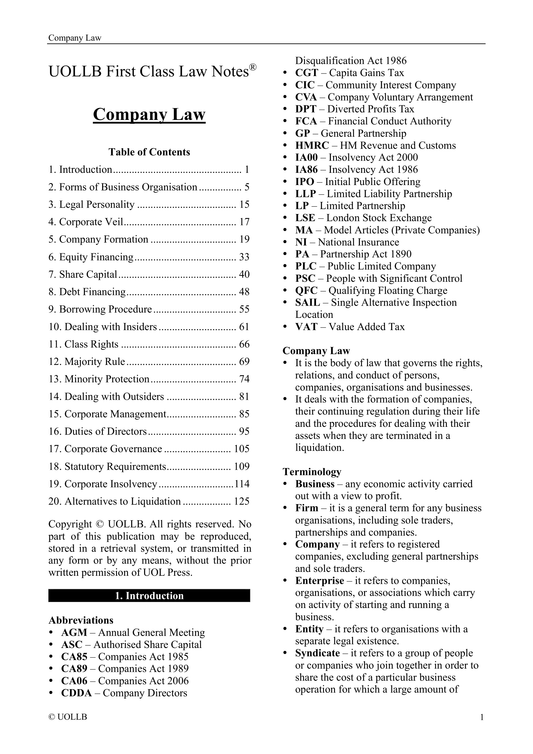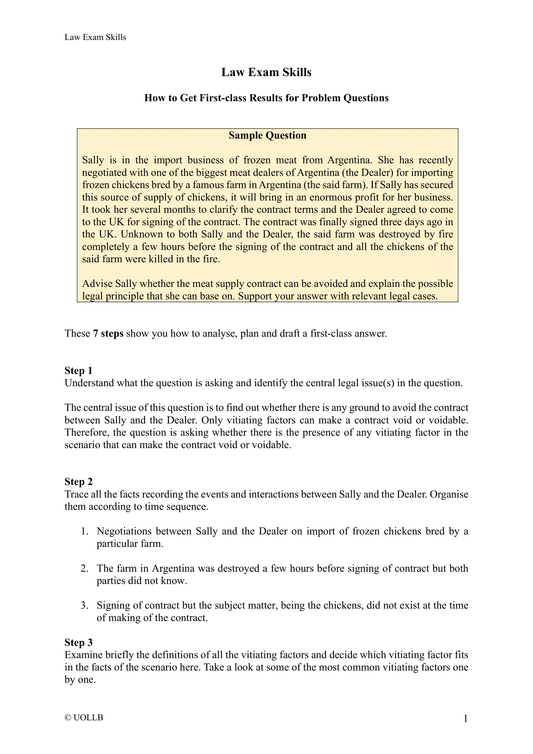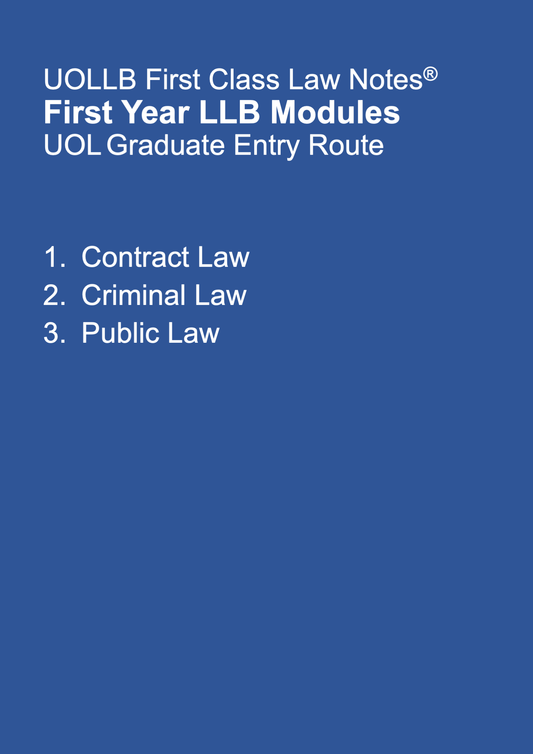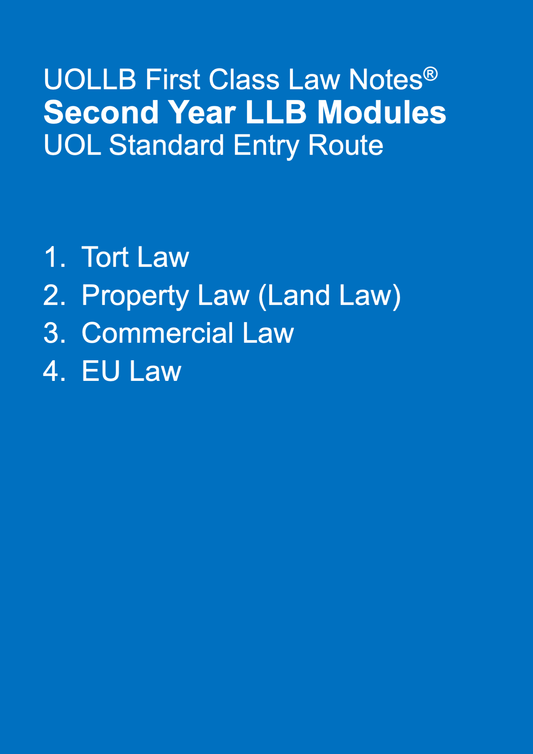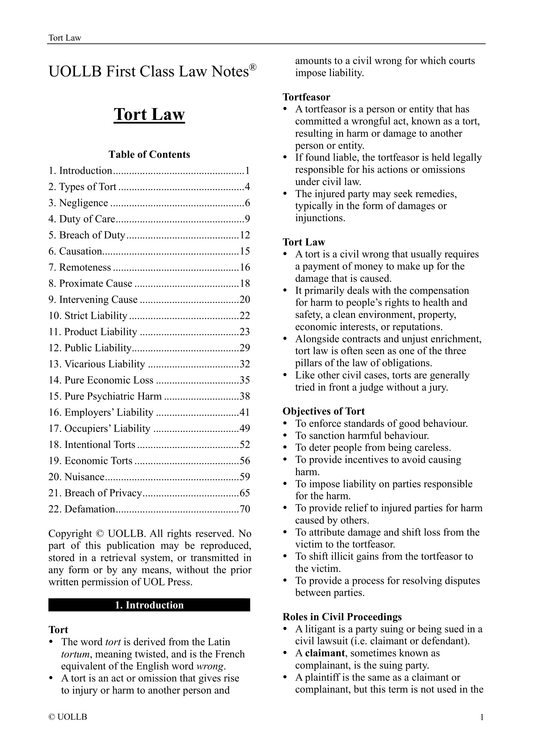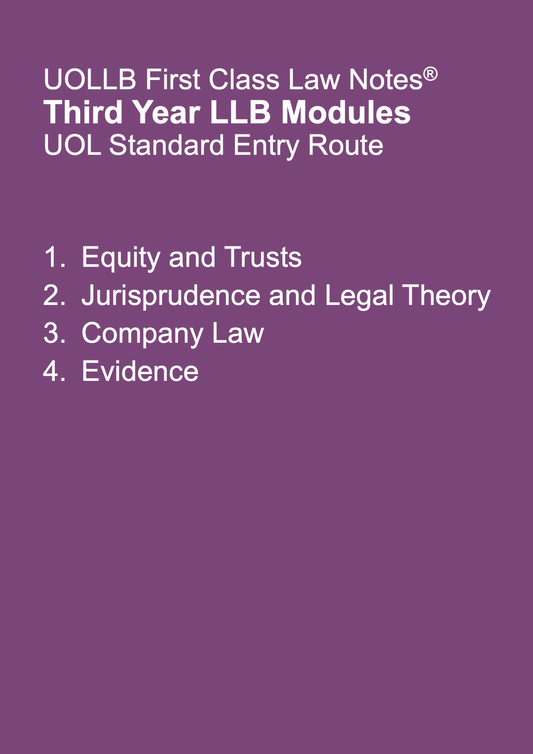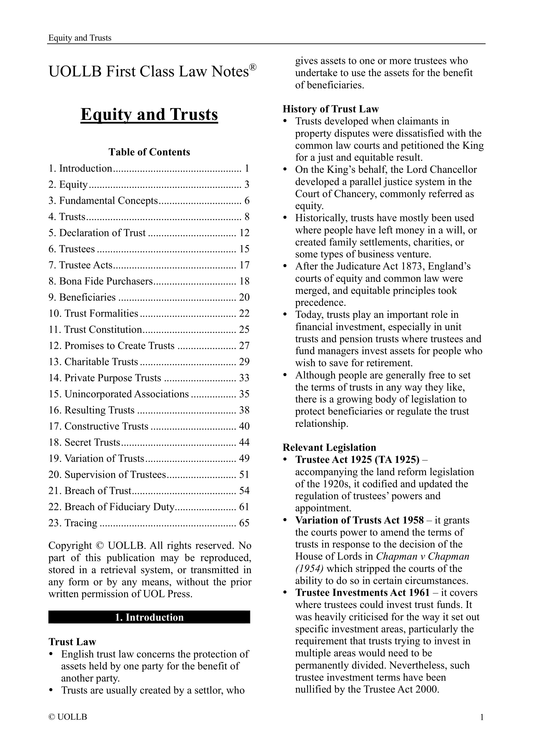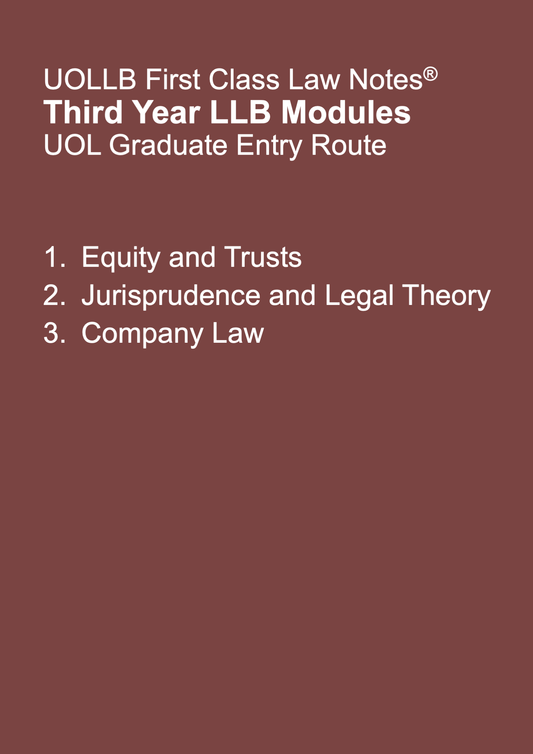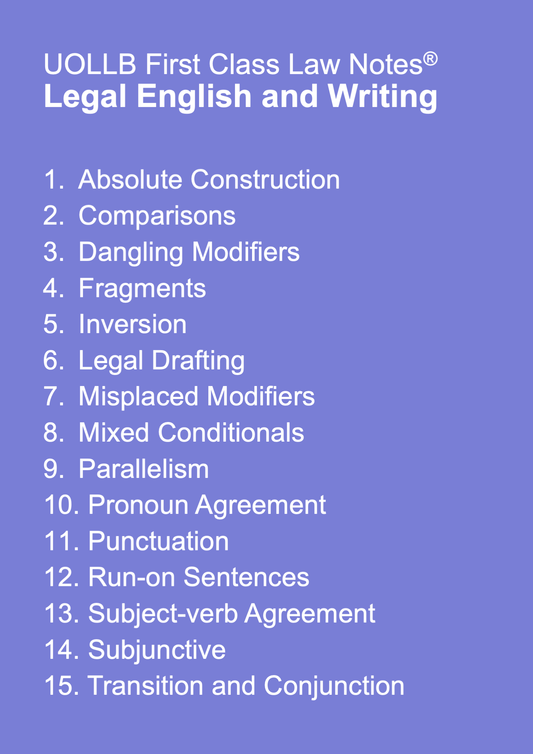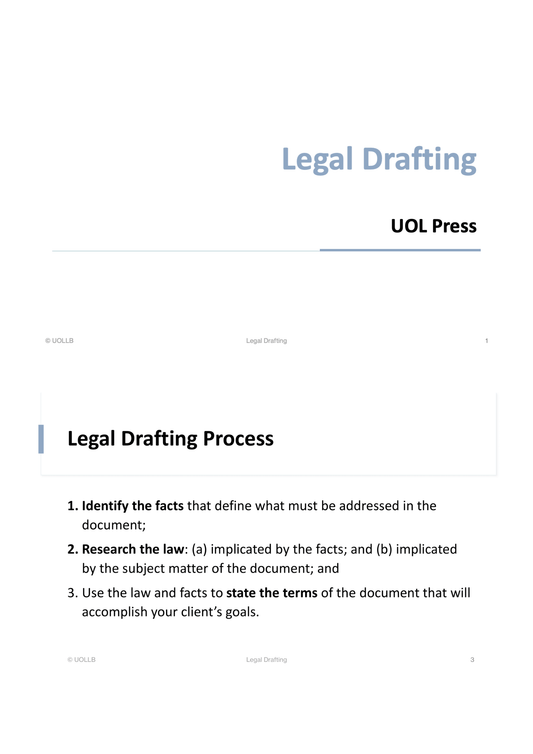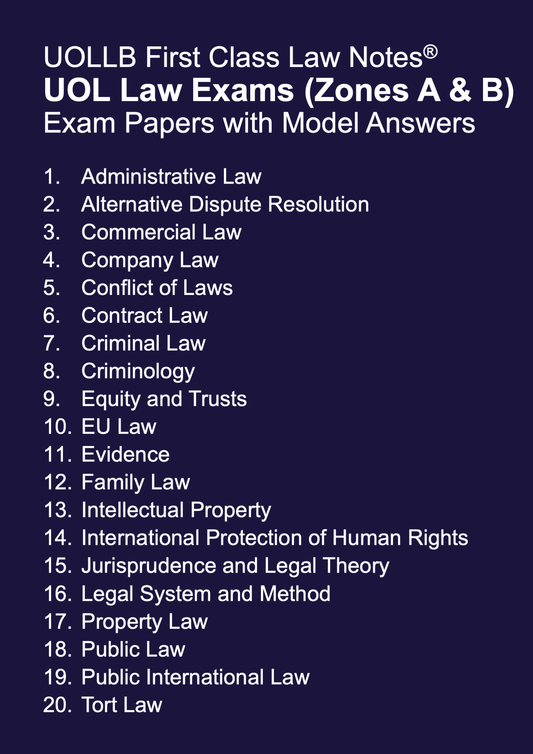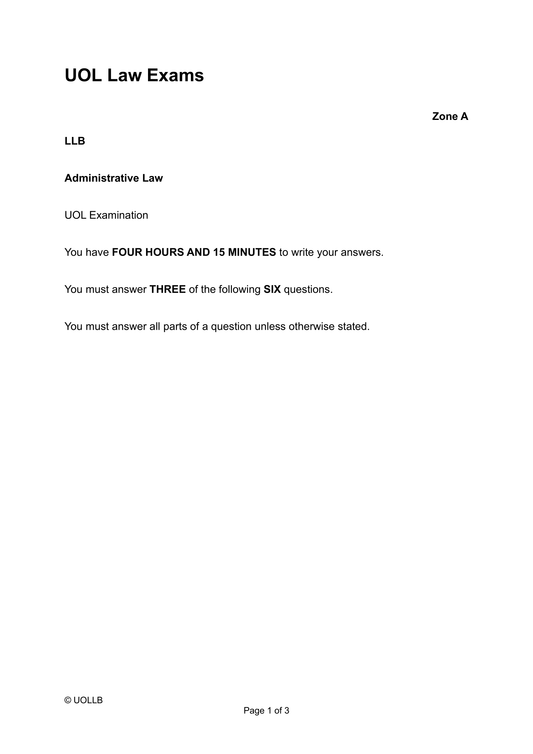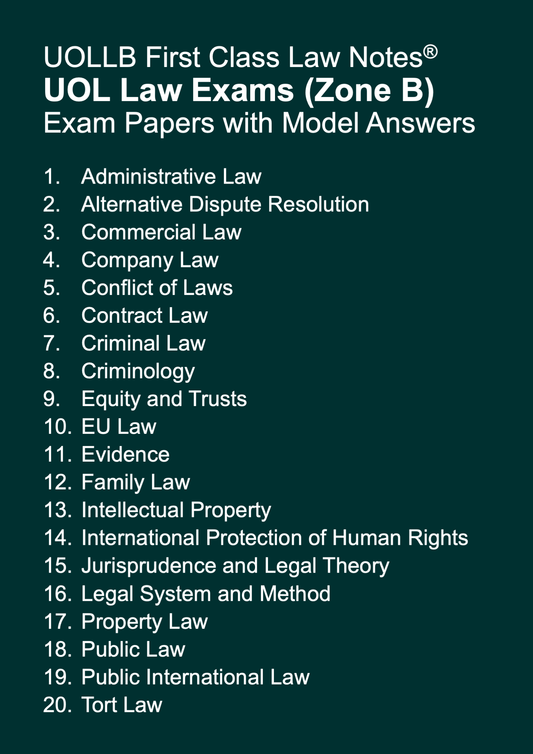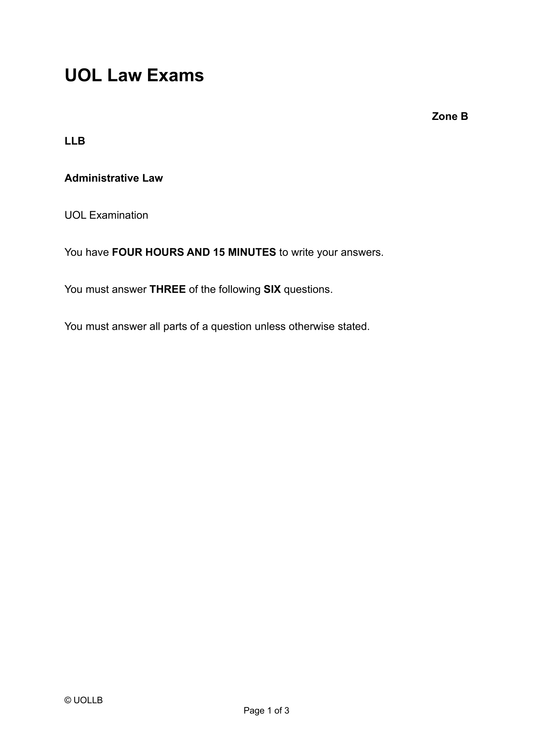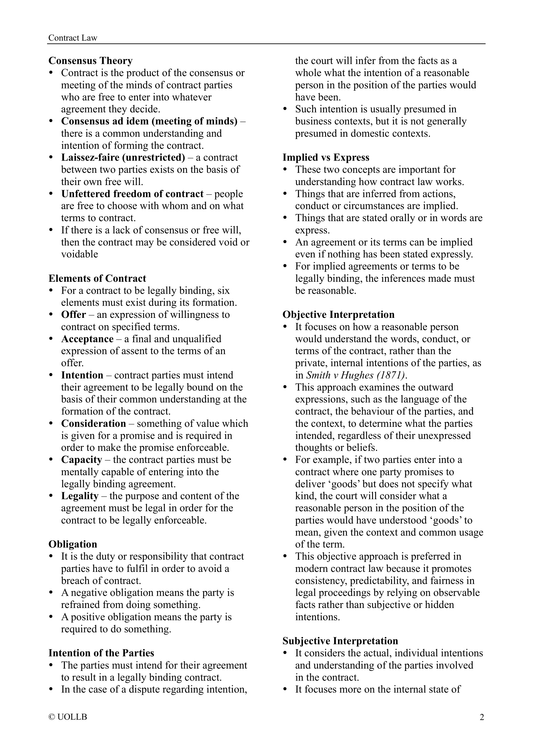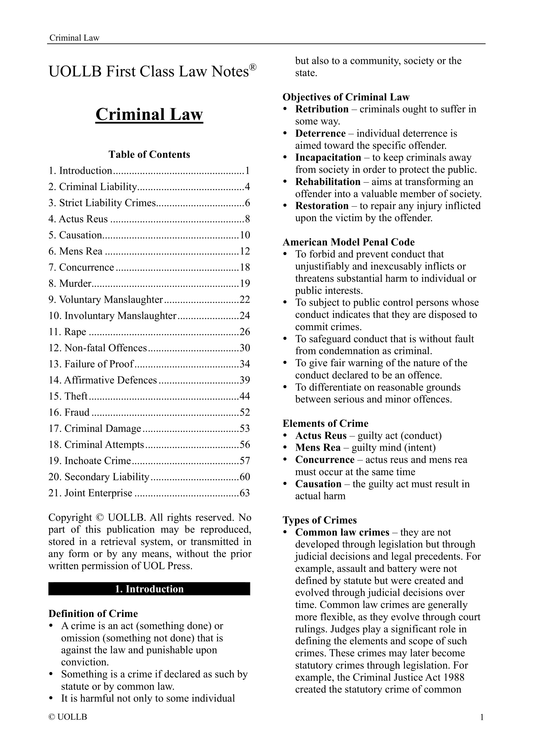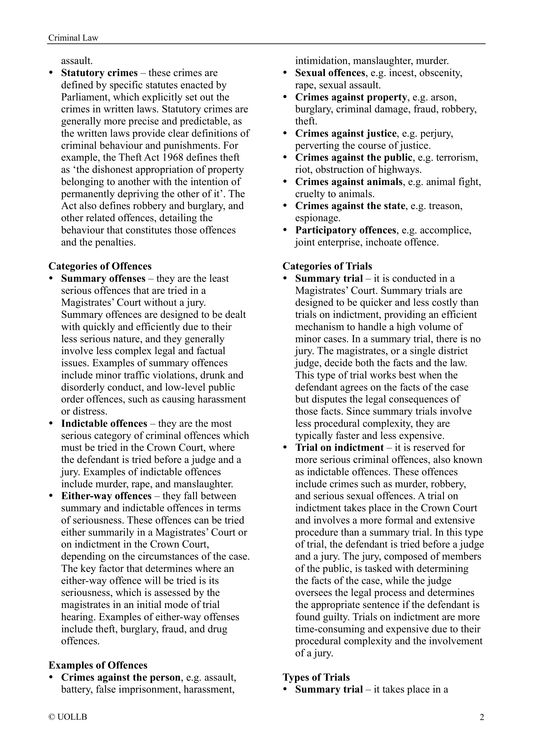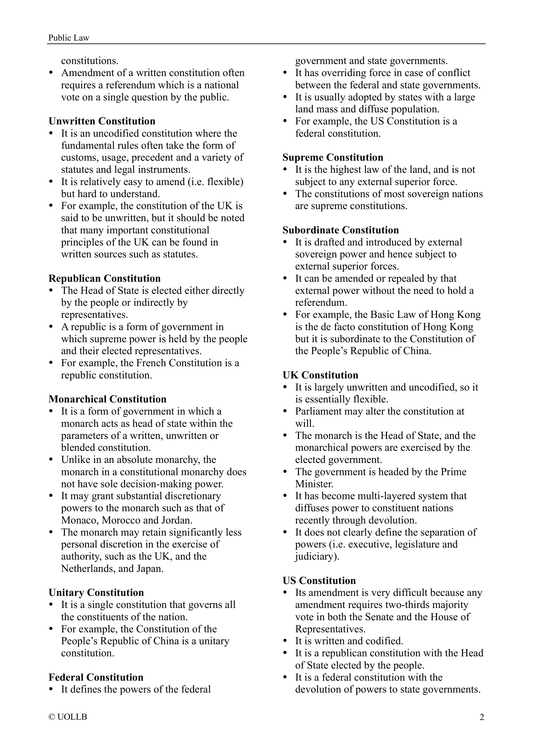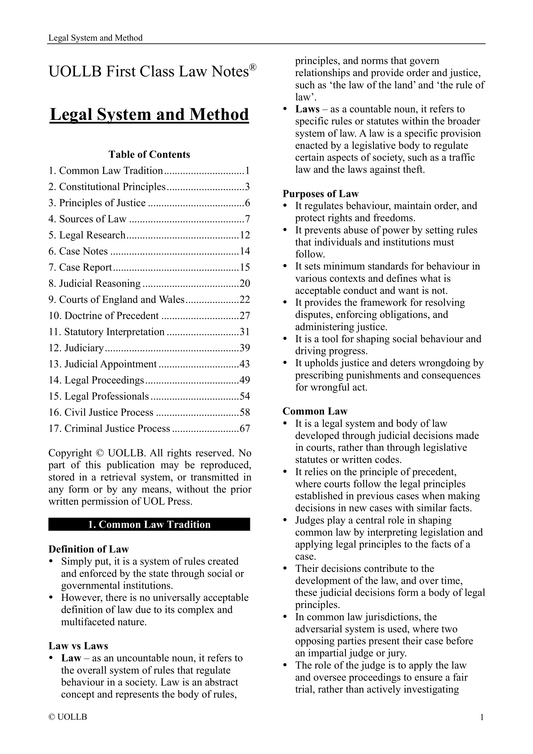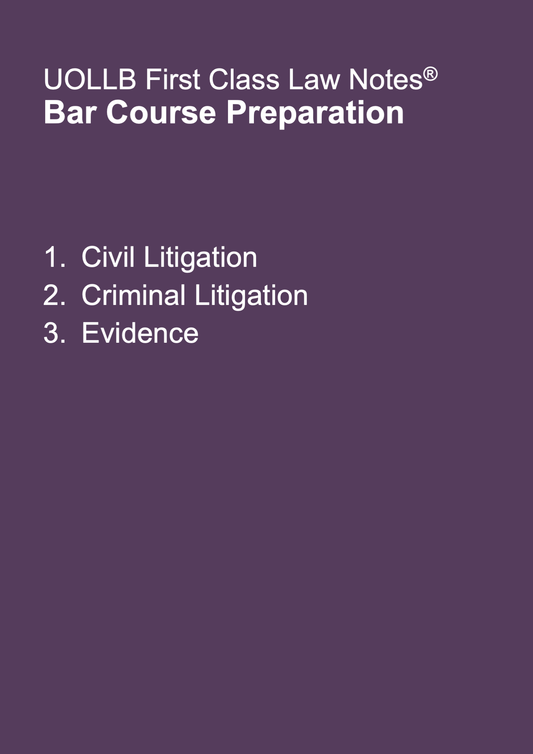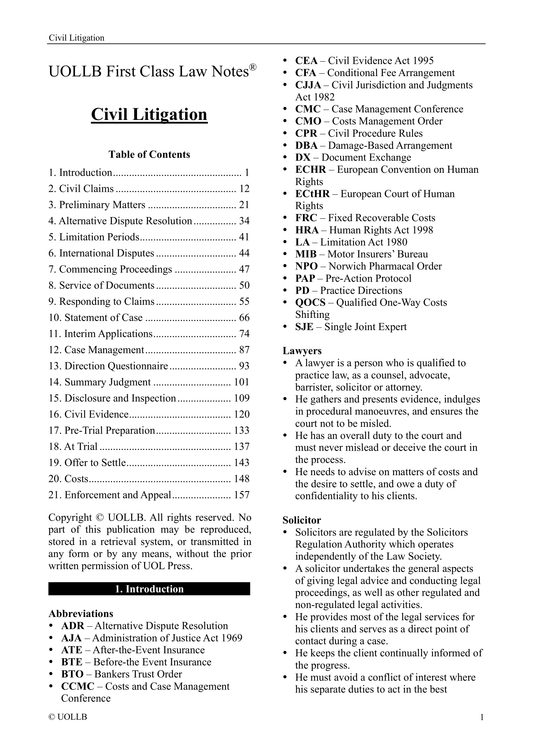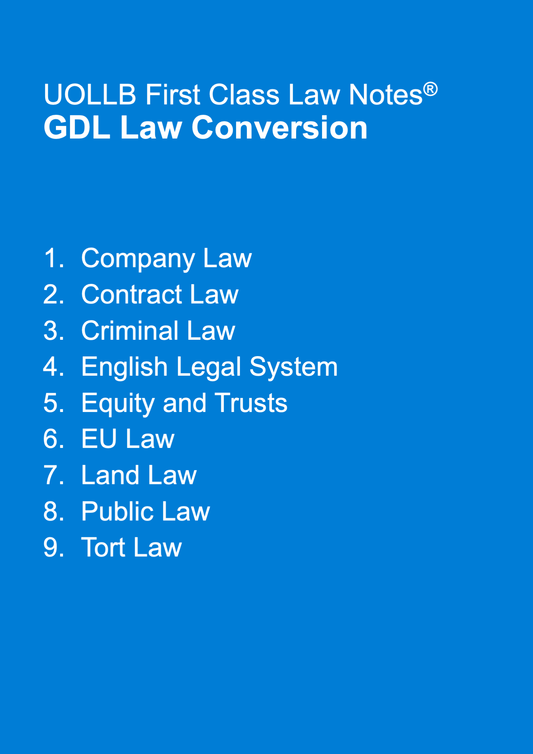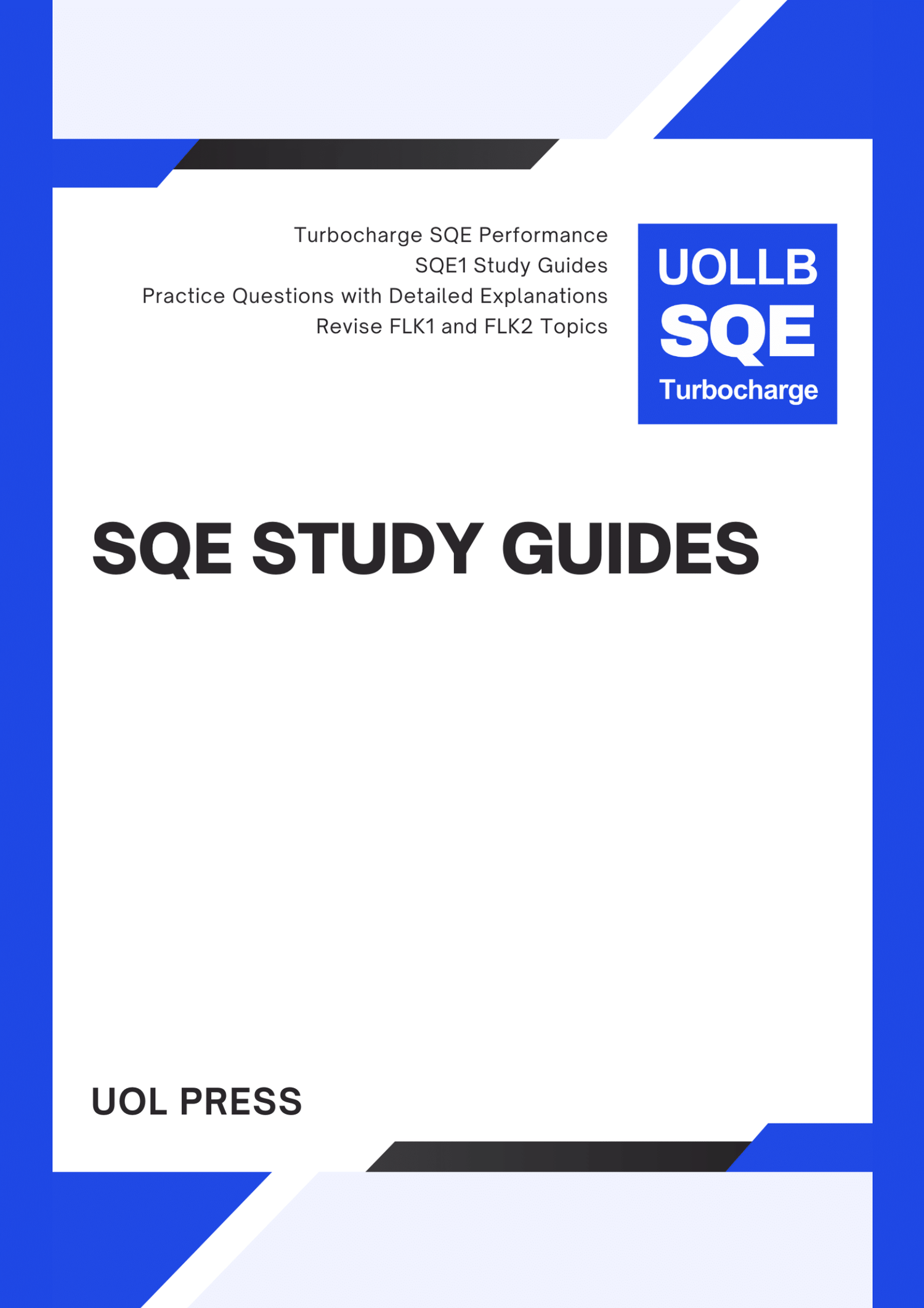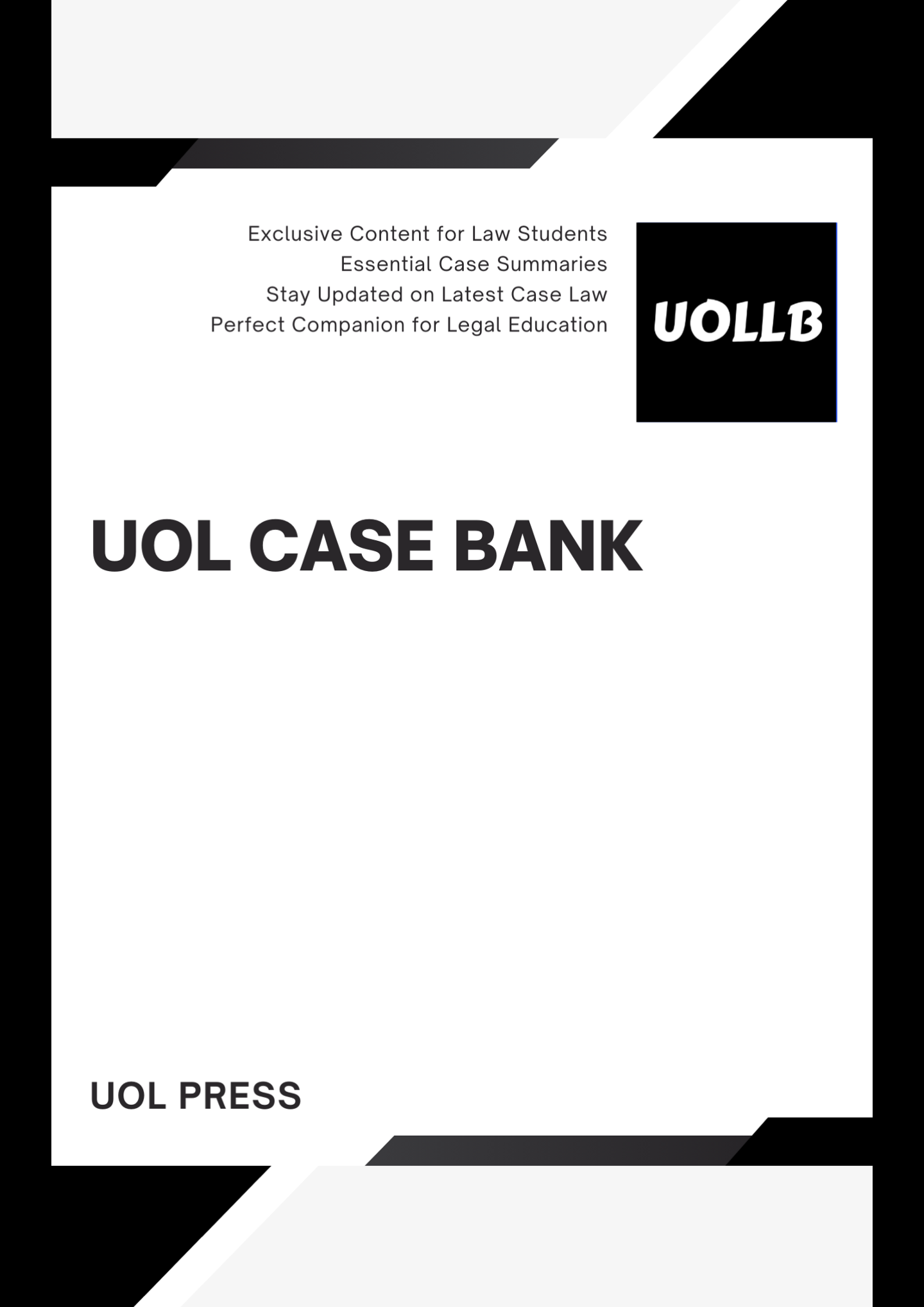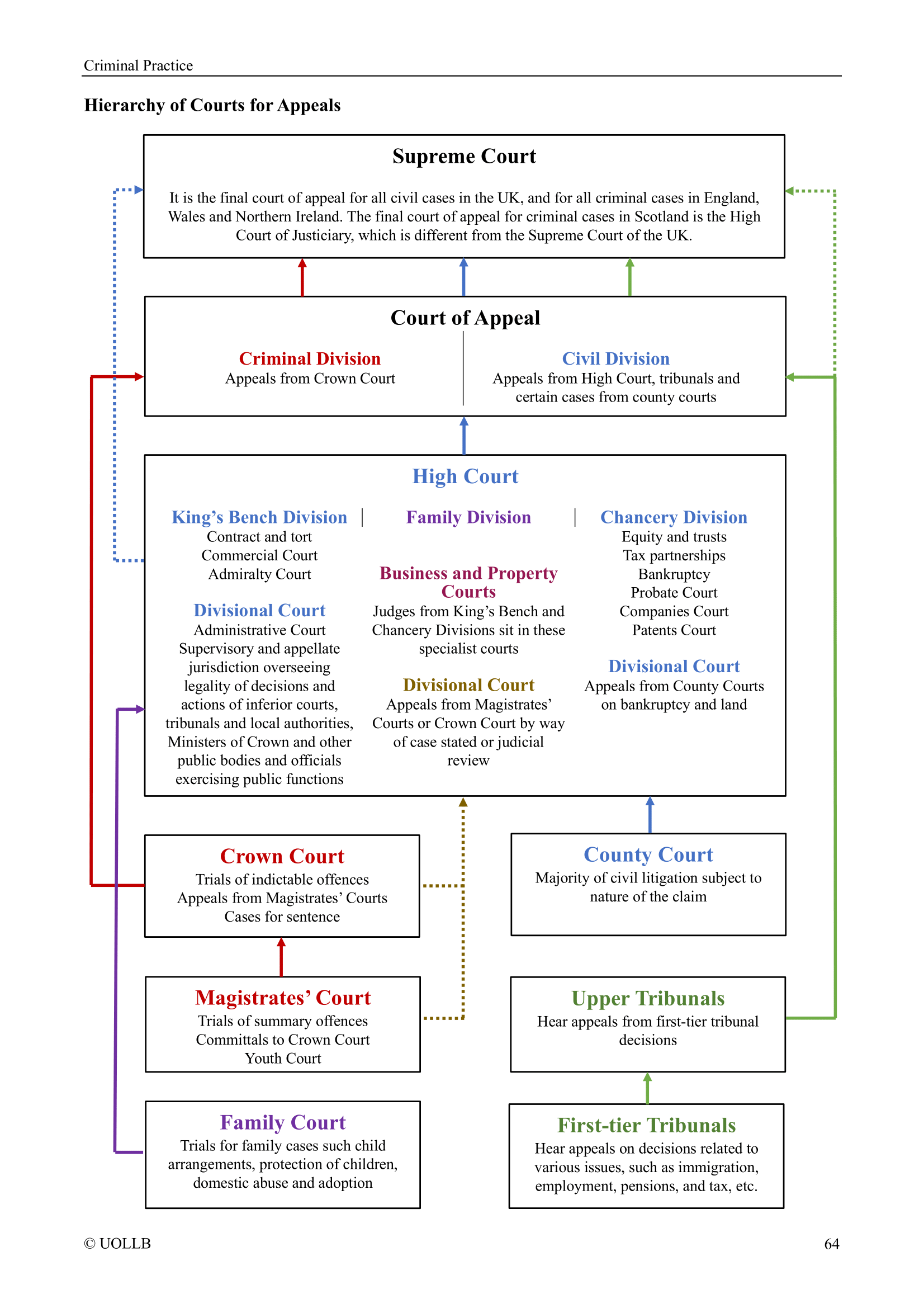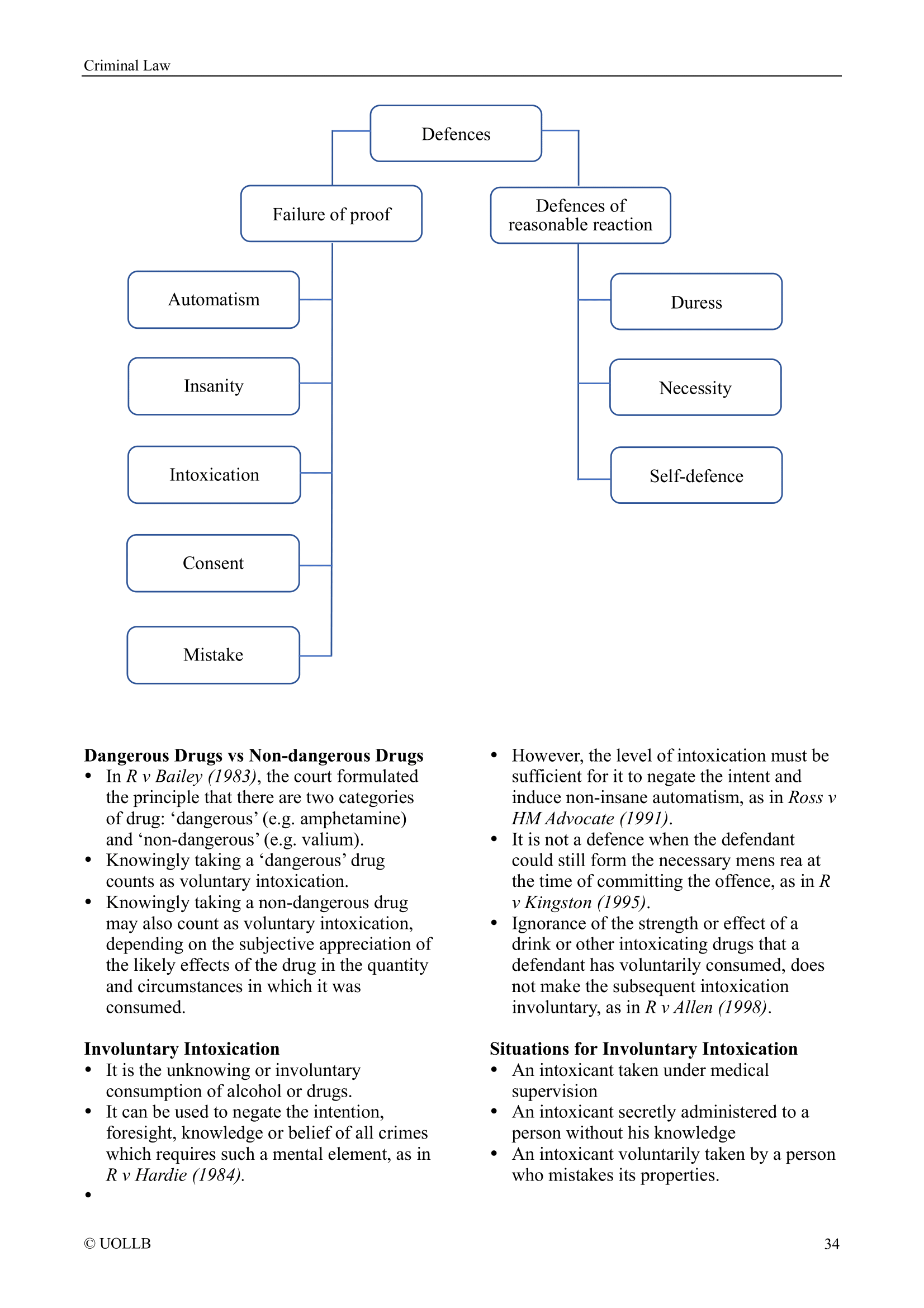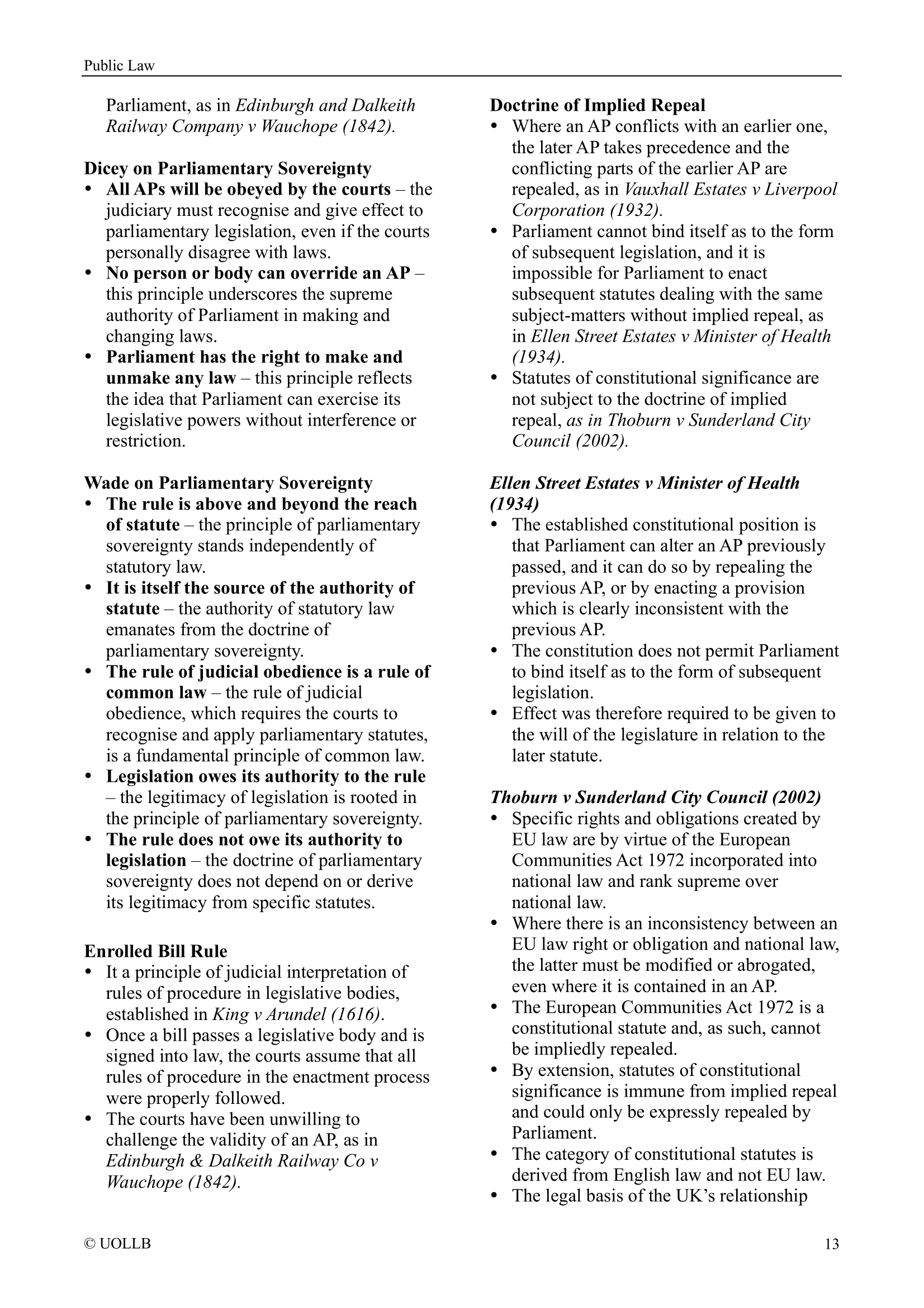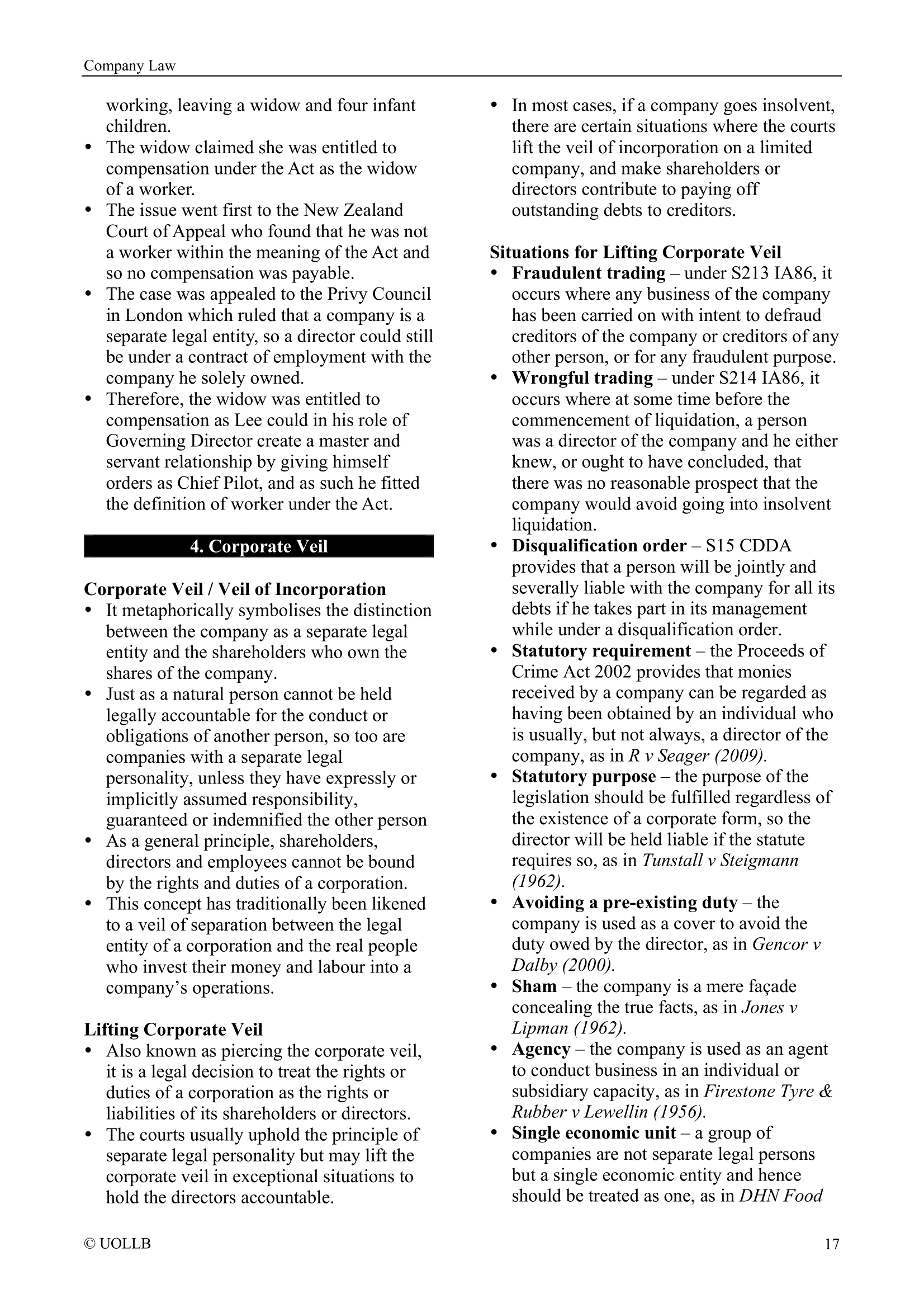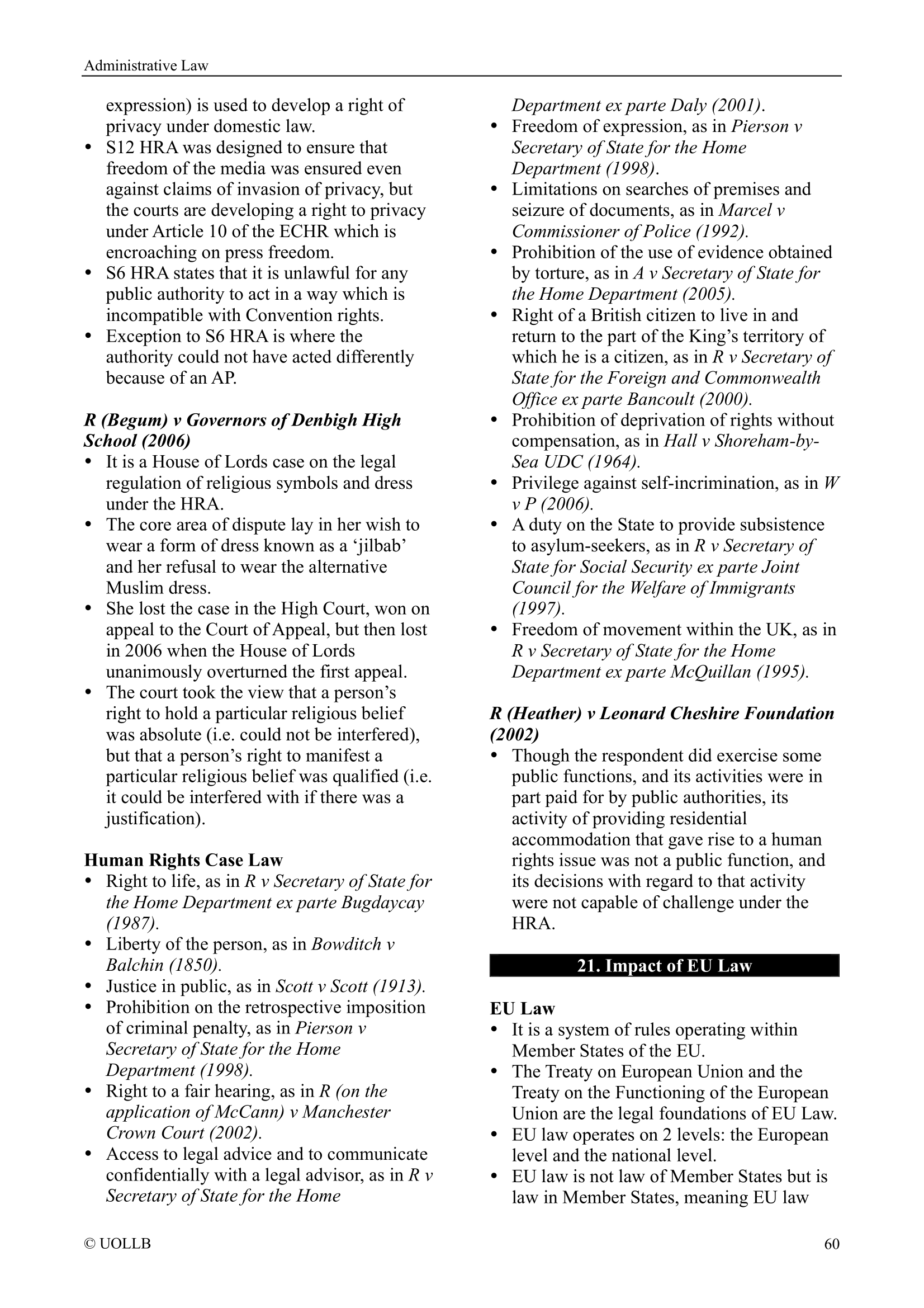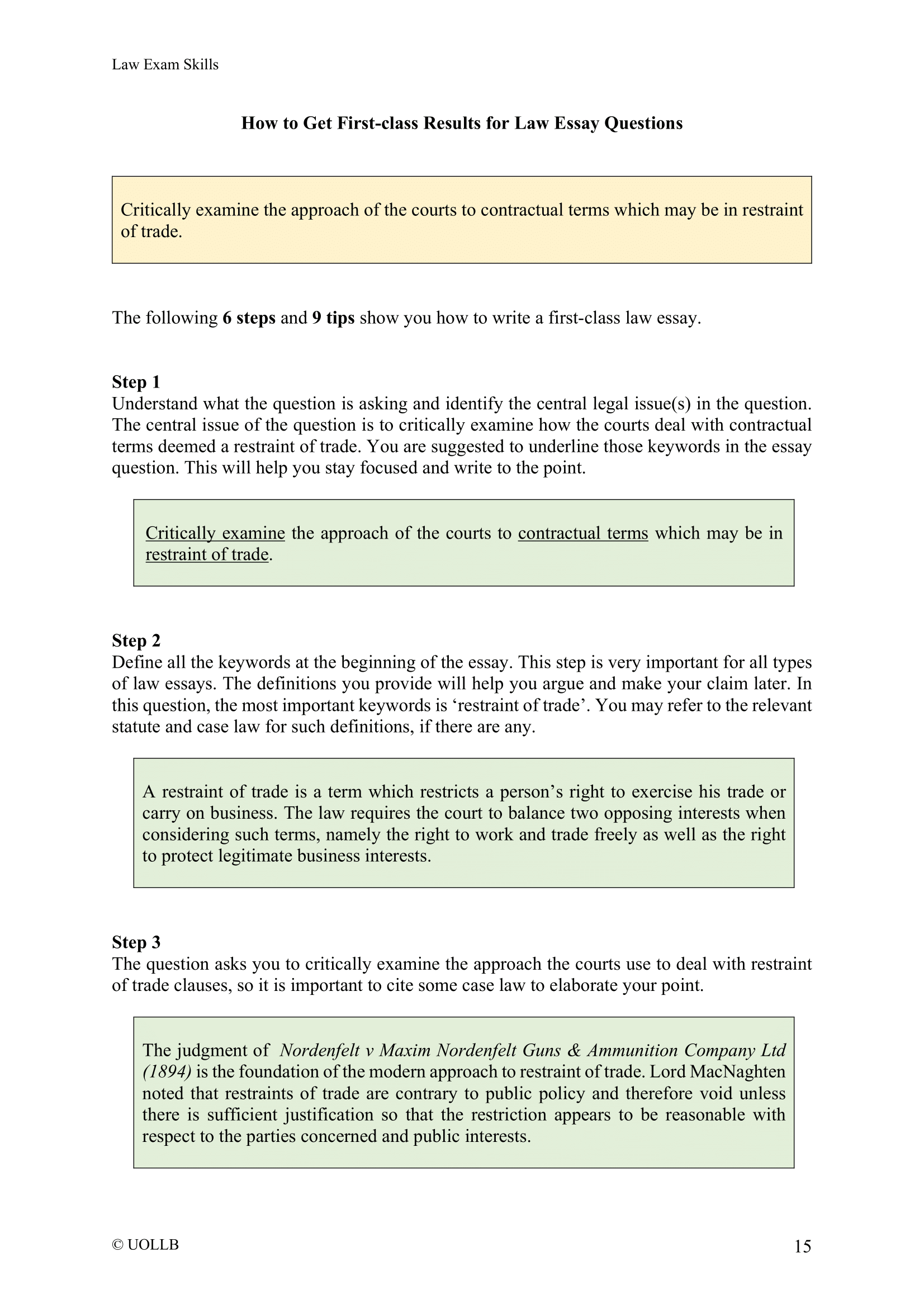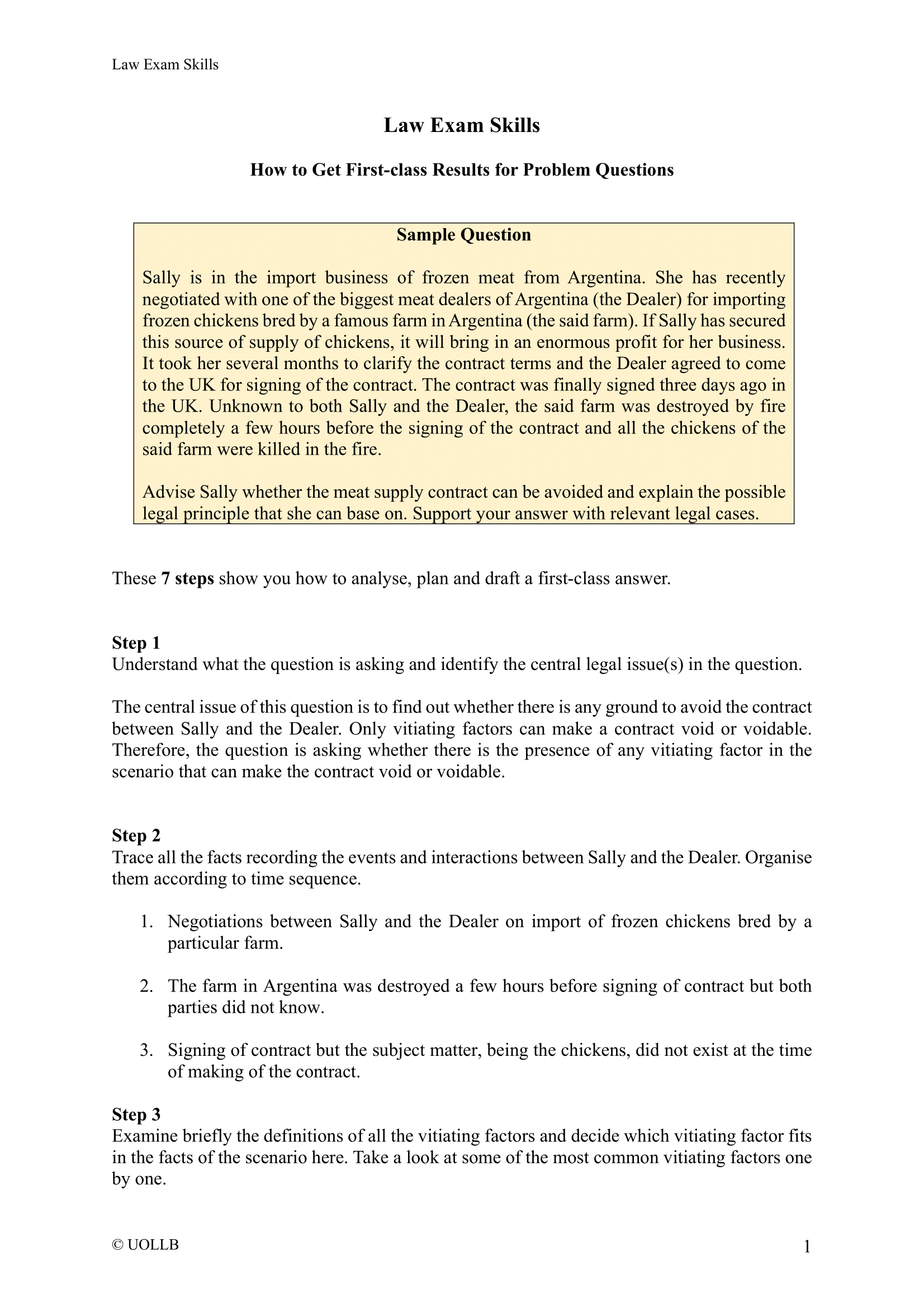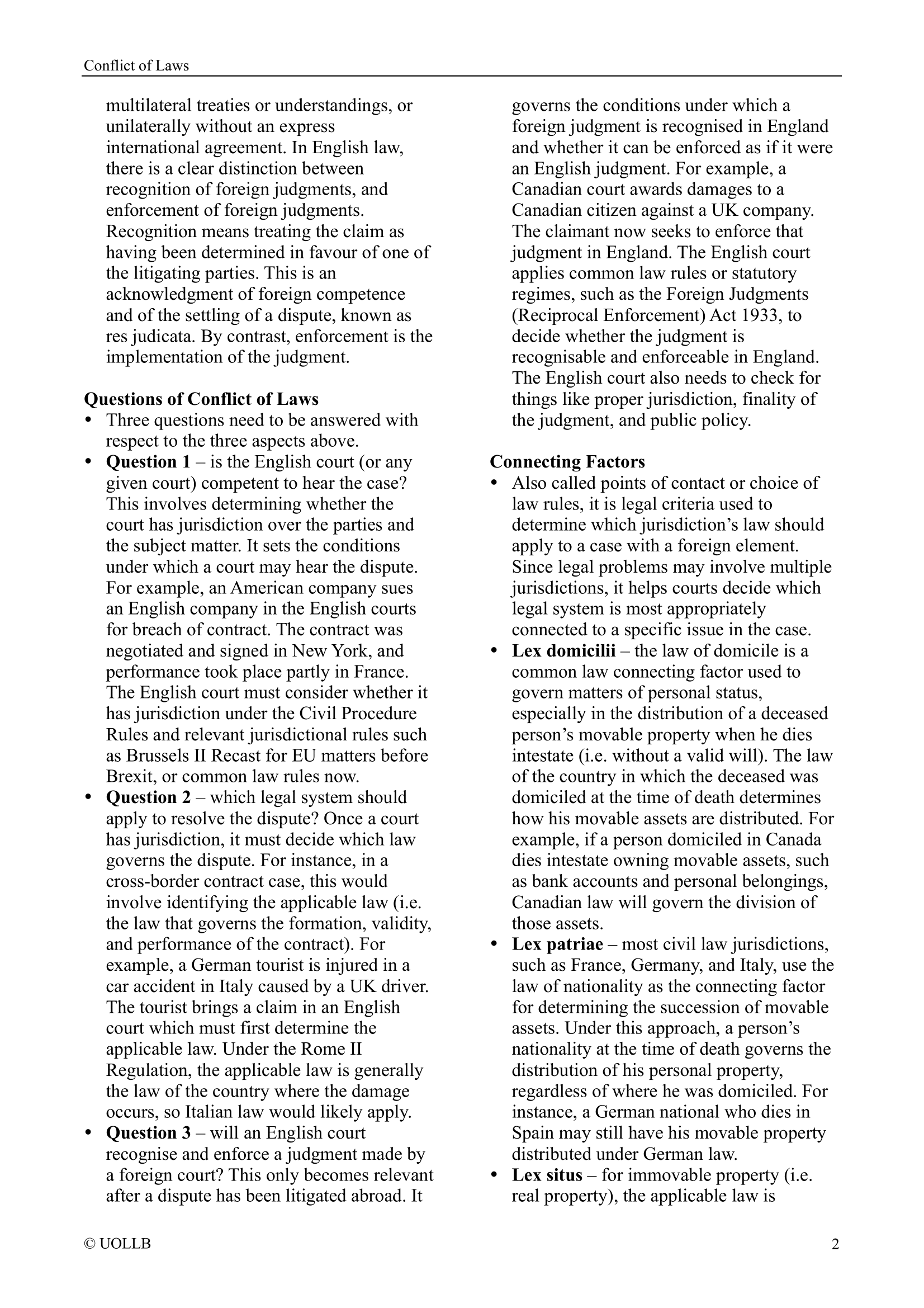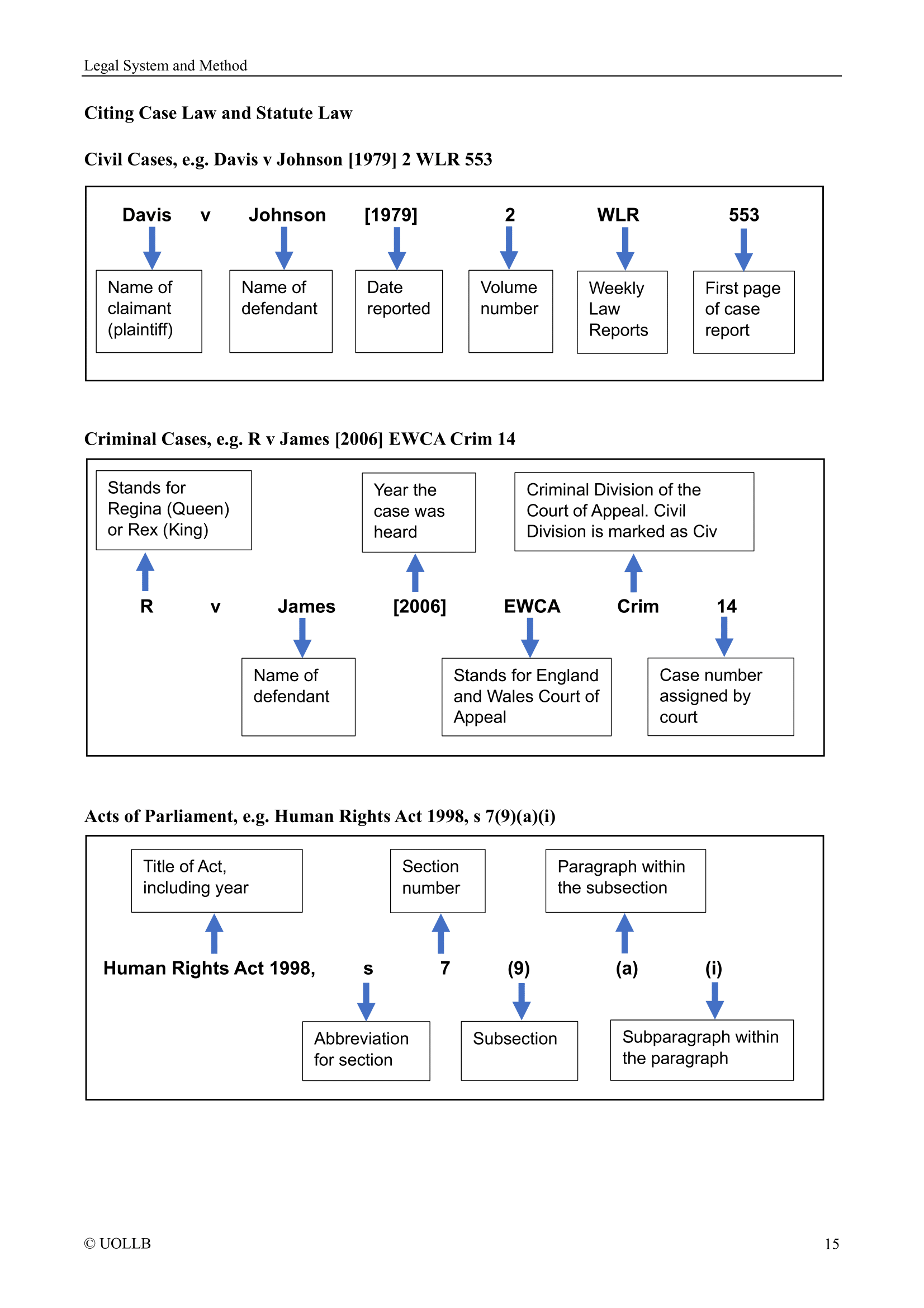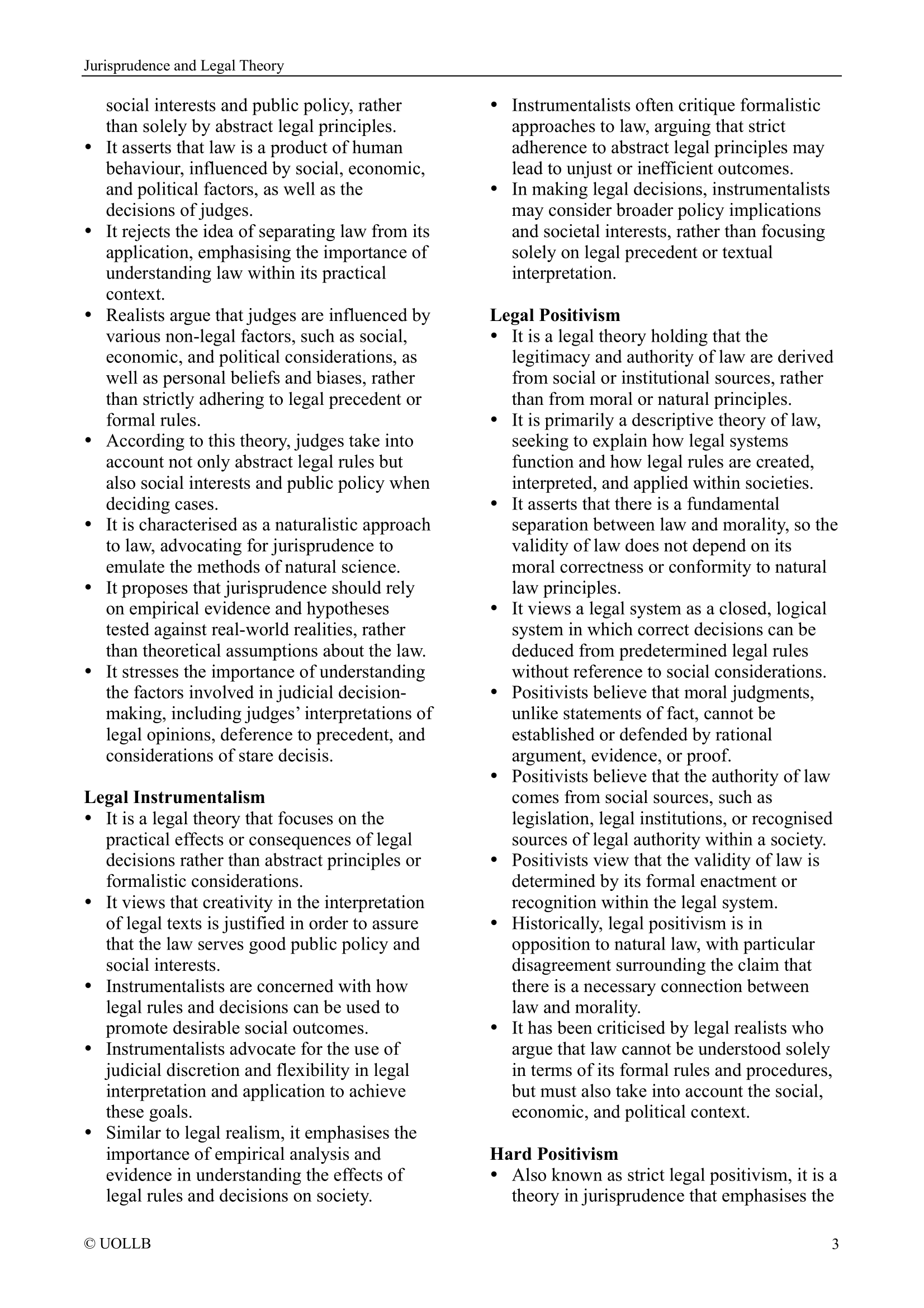Paul v Royal Wolverhampton NHS Trust [2024]
Share
Paul and Another v Royal Wolverhampton NHS Trust [2024] UKSC 1 is a landmark decision by the Supreme Court which clarified and significantly limited the scope of secondary victim claims in the context of medical negligence. The Court held by a majority of six to one that medical professionals do not owe a duty of care to the relatives of a patient to protect them from psychiatric harm caused by witnessing that patient’s death, even if the death resulted from negligent medical care. The judgment reaffirmed that psychiatric injury should be treated no differently from physical injury under tort law, and it reinforced the stringent conditions required for secondary victim claims.
The appeal involved three conjoined cases, each concerning relatives who developed psychiatric illness after witnessing or encountering the traumatic aftermath of a loved one’s death allegedly caused by negligent medical treatment. In the principal case, Paul, the claimants were two young daughters who witnessed their father collapse and die from cardiac arrest. The alleged negligence occurred 14 months prior, when doctors failed to diagnose his coronary artery disease. In Polmear, parents witnessed their child die from an undiagnosed pulmonary condition. In Purchase, a mother found her daughter dead after a negligent failure to treat pneumonia. In all three cases, the claimants developed severe psychiatric conditions, including PTSD and depression, and sought damages as secondary victims.
The Supreme Court reaffirmed that for a claim to succeed, there must be a close and proximate connection between the claimant and the relevant event, typically the traumatic event which directly results from the defendant’s negligence. In Paul, the long interval between the negligent act and the father’s death meant the event was not sufficiently proximate. The Court held that to impose liability on doctors for harm suffered by family members witnessing a patient’s death would extend the duty of care beyond what society considers reasonable. As Lord Leggatt and Lady Rose put it, the role of healthcare professionals does not extend to shielding relatives from witnessing death or disease in the patient.
In reaching its decision, the Court applied and reinforced the control mechanisms originally established in Alcock v Chief Constable of South Yorkshire Police, a case concerning psychiatric harm caused by the Hillsborough disaster. These mechanisms include four main proximity criteria: (1) a close tie of love and affection with the primary victim, (2) direct perception of the event or its immediate aftermath, (3) close physical proximity in time and space to the event, and (4) the development of a recognised psychiatric illness. The Court also confirmed that foreseeability of harm remains a necessary requirement, but is not sufficient alone to establish liability.
Lord Burrows dissented, arguing that the relevant event should be understood as the death itself, rather than the earlier medical act or omission. He reasoned that the requirements of proximity and foreseeability were satisfied in these cases and that a more compassionate, flexible approach was needed. In his view, the emotional trauma of witnessing a death caused by medical negligence was no less significant than that caused by other types of accidents, and the law should recognise this.
The judgment has significant implications. It closes the door to many potential secondary victim claims in medical negligence cases, particularly where relatives witness a patient’s death or its aftermath but were not present at the time of the alleged negligent act. It also reflects a reluctance by the courts to expand liability in this already restrictive area of tort law. The Court explicitly declined to introduce a new category of special duty of care in clinical settings, even in circumstances where death could have been avoided through earlier intervention.
In summary, this case reinforces the restrictive application of psychiatric injury claims by secondary victims, especially in cases of medical negligence. While the judgment affirms the principles established in Alcock, it also narrows their application in clinical contexts, confirming that witnessing a relative’s death, even one caused by negligent medical care, does not by itself create a duty of care.
